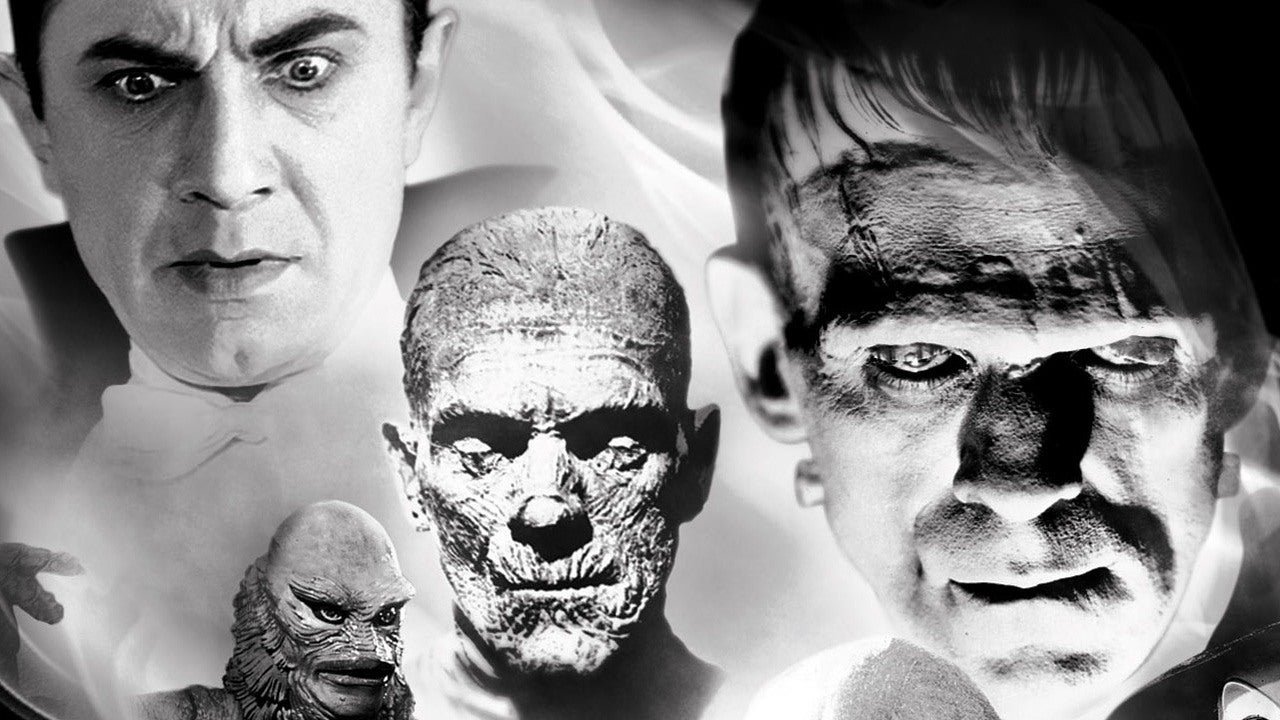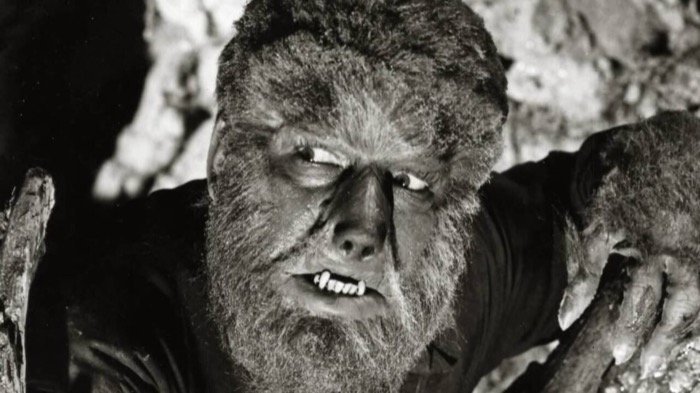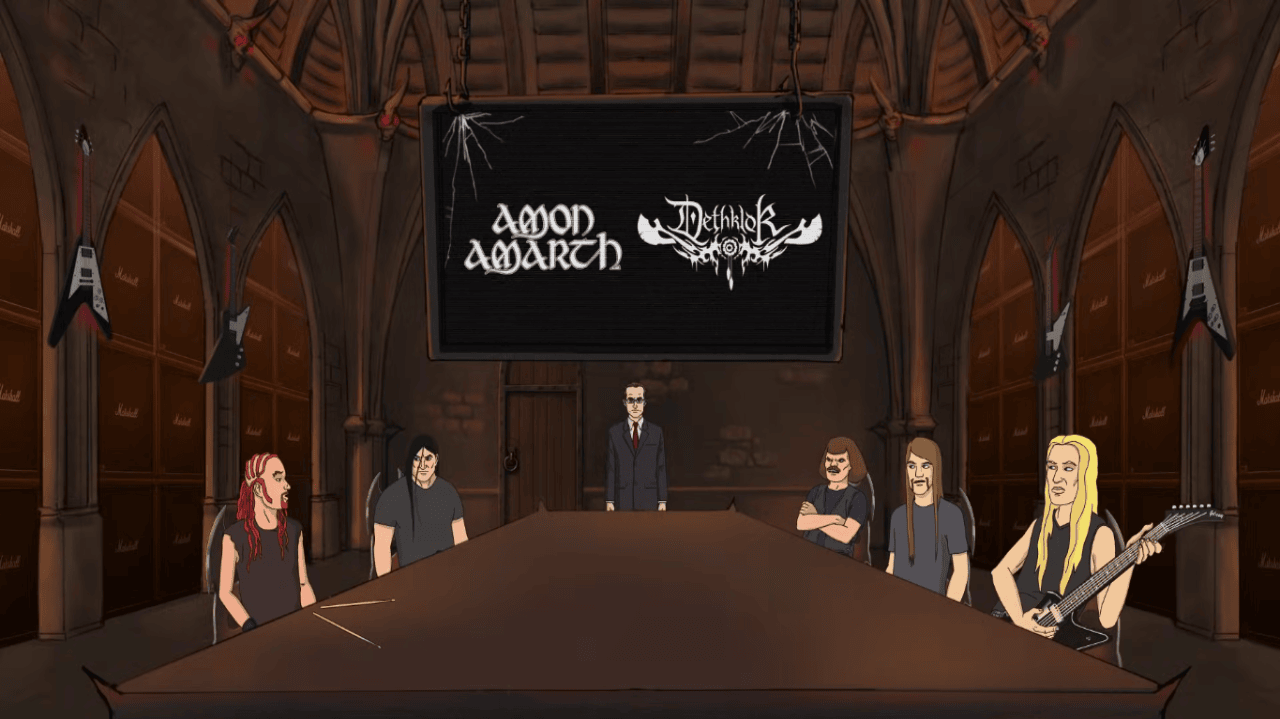Lookback: Iconic Monster Films Pt. III: 'The Bride of Frankenstein' (1935) And 'The Wolf Man' (1941)
Image Source: IGN
One of the best things a monster can be is unmistakable. The howling of a werewolf, the outstretched limbs of the lumbering Frankenstein Monster, and the relentless, forward march of the driven mummy are all iconic emblems of the horror genre. One of the most important of these is Elsa Lanchester’s The Bride of Frankenstein. The hair is instantly recognizable, of course, but the concept went beyond source material to create an iconic character for a burgeoning genre. As risky as that move could have been for James Whale’s sequel to the incredible Frankenstein (1931), it has proven to be worth it.
I explained in a previous article for Culture Slate that so much of what we think of in terms of what a monster is, and what a monster film is, has been illustrated by Universal Studios. A group of spectacularly talented people changed the world of film forever by bringing us lasting images of horror that we bought. Bela Lugosi, Boris Karloff, and Jack Pierce were some of the most pivotal talents that created and portrayed the monsters in such a way that they would become iconic. Today, we will take a look back at James Whale’s The Bride of Frankenstein (1931) and George Waggner’s The Wolf Man (1941)!
RELATED:
The Bride Of Frankenstein (1935)
Image Source: Science
The existence of this film is very important when one considers its source material. In Mary Shelley’s classic novel Frankenstein, Victor Frankenstein considers making a female companion for his isolated and alienated monster His concerns are stated with: “She who, in all probability, was to become a thinking and reasoning animal, might refuse to comply with a compact made before her creation.”
Elsa Lanchester’s turn as the Bride of Frankenstein had proven over time to be important as it was iconic. Although the character may have been as least partially created for commodification-related reasons, it gave girls and women a character in a mantle of characters that were becoming increasingly more and more visible in film and greater society. Perhaps, the best evidence of the character’s influence is on the delightful Elsa Frankenteen in Charles August Nichols’ incredible animated feature, Scooby-Doo and the Ghoul School (1988).
The Wolf Man (1941)
Image Source: JoBlo
George Waggner’s The Wolf Man (1941) left an indelible print on film and television. It created the imagery and essentially the ruleset for the portrayal of werewolves going forward. Much like Bela Lugosi’s portrayal of Count Dracula in Dracula (1931), Lon Chaney Jr.’s turn of the werewolf informed all future incarnations of the creature. This, in large part, is due to the extraordinary efforts of Jack Pierce. The aesthetics of the monster are inescapably crucial to how we understand a werewolf looks. The makeup and costuming were so strong that a completely folkloric figure has an understood list of “must-haves” when one adorns a costume of it for Halloween.
If you have not taken in The Wolf Man (1941) for yourself, the odds are good that you have taken in George Waggner’s classic secondhand. The movie is featured in David Mickey Evans and William Dear’s iconic, coming-of-age film, The Sandlot (1993). Through the iconic chase scene between Benjamin Franklin Rodriguez and the much-feared Hercules, the audio and some of the visuals of the film are featured. This is how the directors shared the real, supernatural fear the dog brought to the kids. The Wolf Man (1941) is so iconic and embedded into our understanding of fear, the directors used it to convey how others perceived this creature.
Thank you for joining us on this trip back to two monster classics! We hope you had fun and have an awesome spooky season! See you next time!
READ NEXT:
Source(s): Universal Monsters Database














